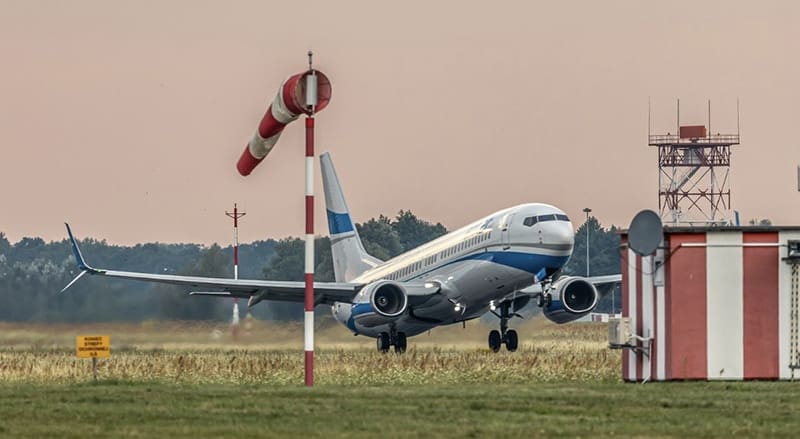When it comes to infrastructure, durability and resilience are often top of mind. For certain applications, particularly in environments where safety is paramount, frangibility offers an alternative to traditional structures. While these structures are commonly associated with the aviation industry, their benefits extend far beyond airport boundaries. In this post, we’ll explore why investing in frangible structures is a smart move for various industries. We’ll highlight cost savings, safety benefits, and long-term value.
What are frangible structures?
Frangible structures are designed to break or collapse upon impact. This reduces the risk of injury or damage to both people and equipment. The structures are engineered to be strong enough to withstand environmental conditions like wind and weather. They are also weak enough to crumble on impact if necessary. This dual functionality makes them ideal for locations where safety is a priority, and where accidental impacts are a risk.

Cost savings on repairs
One of the most significant advantages of frangible structures is the reduction in repair costs. Traditional structures often require extensive repairs when damaged, sometimes even complete replacement. This leads to significant expenses. In contrast, those that are frangible are designed to minimise damage to the impacting vehicle, as well as the structure. So repairs are usually minor, which means substantial savings over time.
For industries like transportation, logistics, and even construction, where heavy machinery and vehicles are regularly in close proximity to structures, this can translate to lower maintenance costs and fewer costly disruptions.
Safety benefits of frangible structures
Safety is paramount in any industry. Frangible structures contribute significantly to a safer environment. In the aviation sector, these structures are commonly used to mark runways and taxiways. Here they pose minimal risk to aircraft in the event of an overrun or accident. Similarly, in other industries, these structures can be used to protect sensitive equipment or to mark boundaries. This ensures that in the case of an impact, the consequences are minimised. For example, in transportation hubs like train stations or ports, frangible barriers can protect both vehicles and pedestrians. This provides a safer environment without compromising on functionality.
Long-term value and operational cost savings
Investing in frangible structures also offers long-term value through lower operational costs. They require less regular maintenance than traditional structures to ensure they remain safe and functional. Their design minimises the likelihood of significant damage in the first place.
There’s also the benefit of less operational downtime. After an impact, traditional structures might require extensive repair work, leading to operational delays. The design of frangible structures often allows for quick and easy repairs, minimising any interruption to operations. This is particularly beneficial in industries where downtime can be costly, such as logistics and transportation.
Versatility across industries
While frangible structures are a staple in the aviation industry, their use cases are expanding into other fields. For example:
Energy sector – They can be used in the protection of critical infrastructure such as substations. Here accidental vehicle impacts could otherwise lead to power outages or equipment damage.
Construction – On construction sites, frangible structures can serve as temporary barriers or markers. These ensure safety without posing a risk to machinery or workers.
Urban planning – Frangible structures can be utilised in public spaces to protect pedestrians without creating hazardous obstacles. They can be used for CCTV masts, traffic light poles and lamp posts, for example.

Investing in frangible structures offers a multitude of benefits across various industries, not solely in aviation. They offer cost savings on repairs, enhanced safety and long-term operational efficiency. These structures provide a reliable, versatile solution for environments where both safety and functionality are critical. Industries continue to evolve and place greater emphasis on safety and cost-efficiency. Frangible structures will undoubtedly play an increasingly important role in infrastructure planning and development.